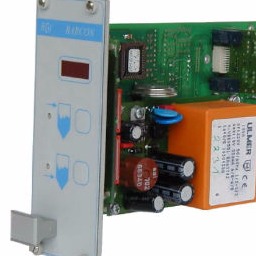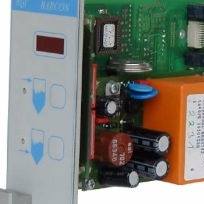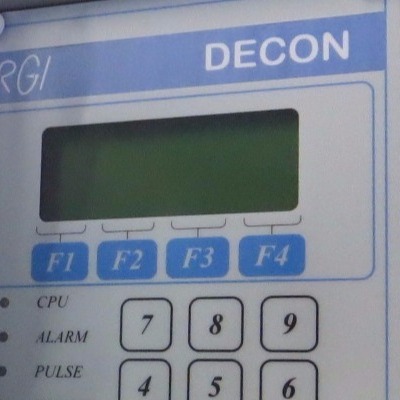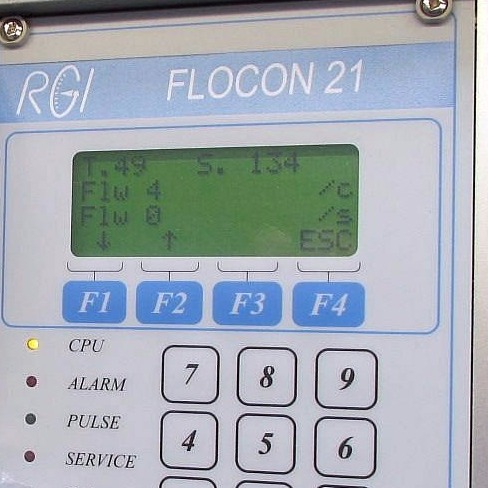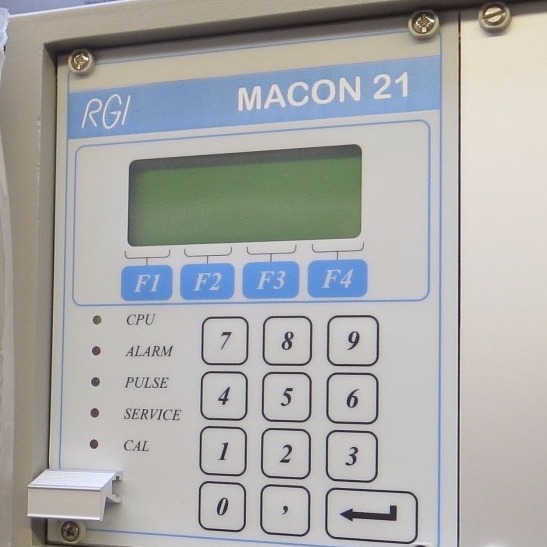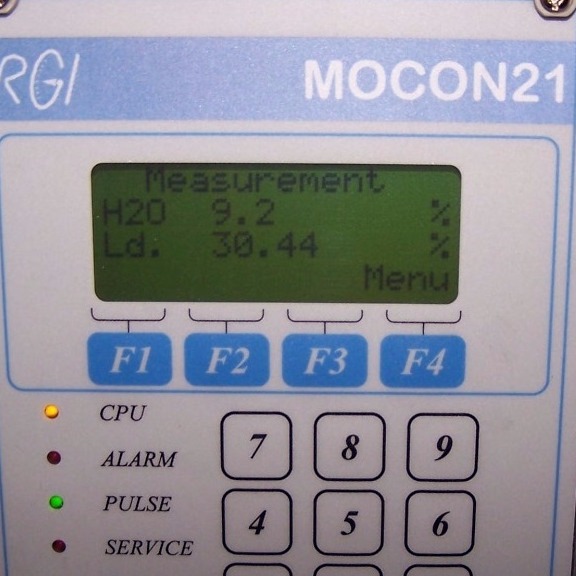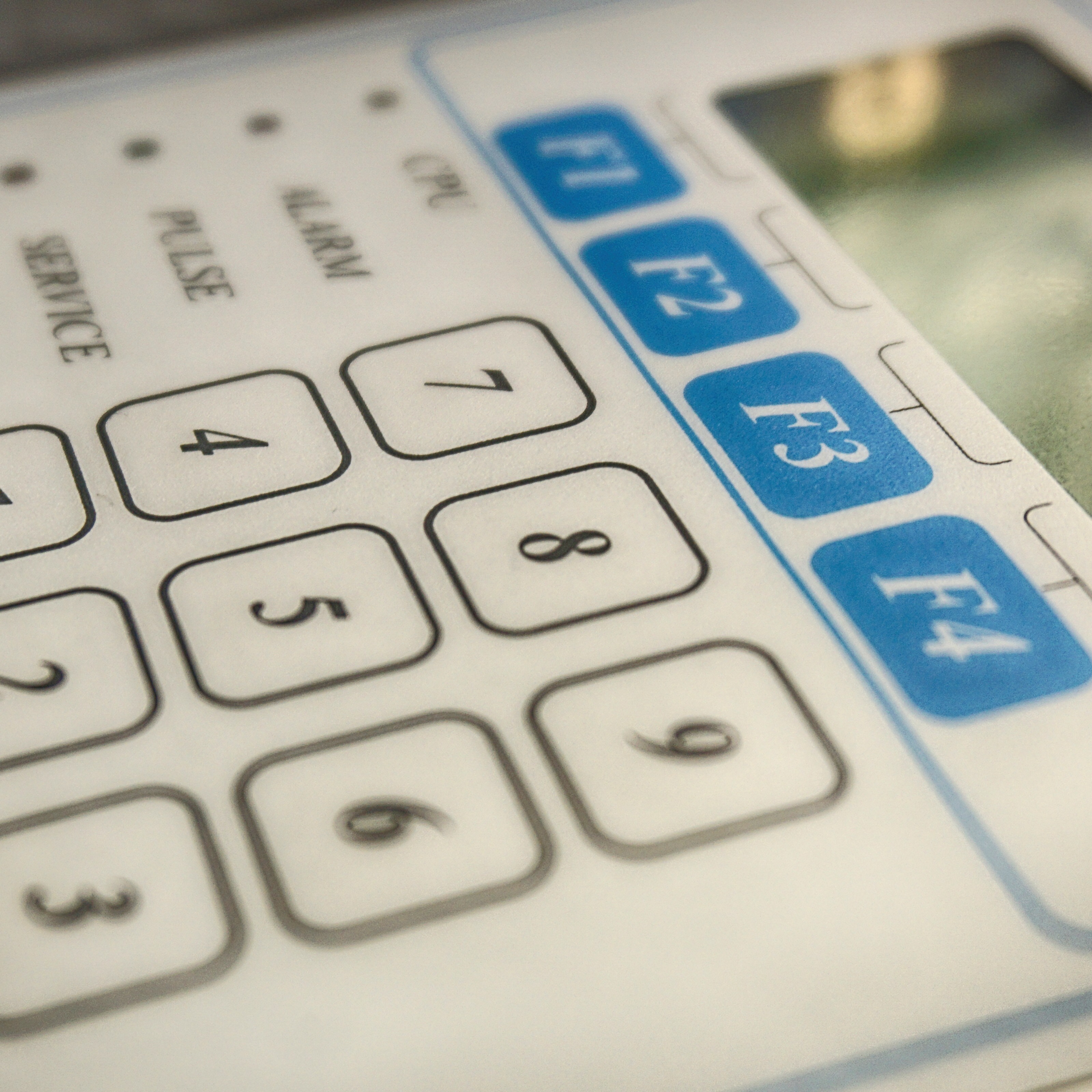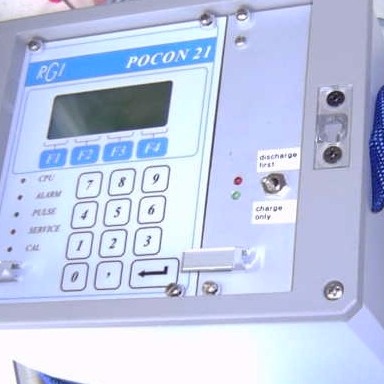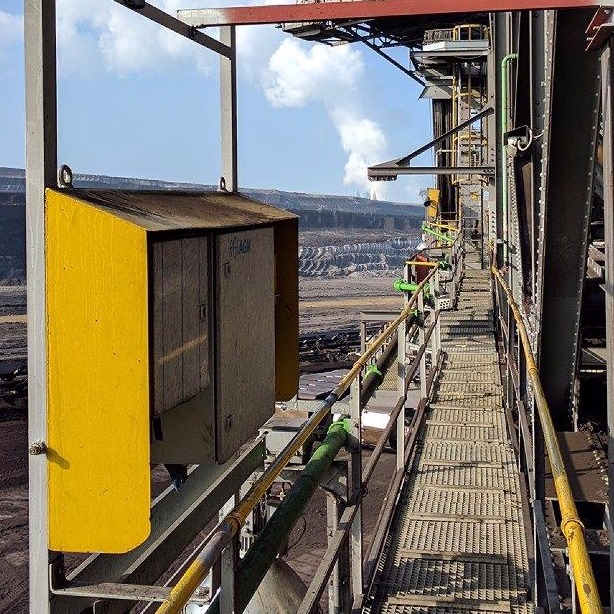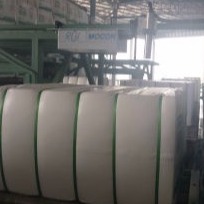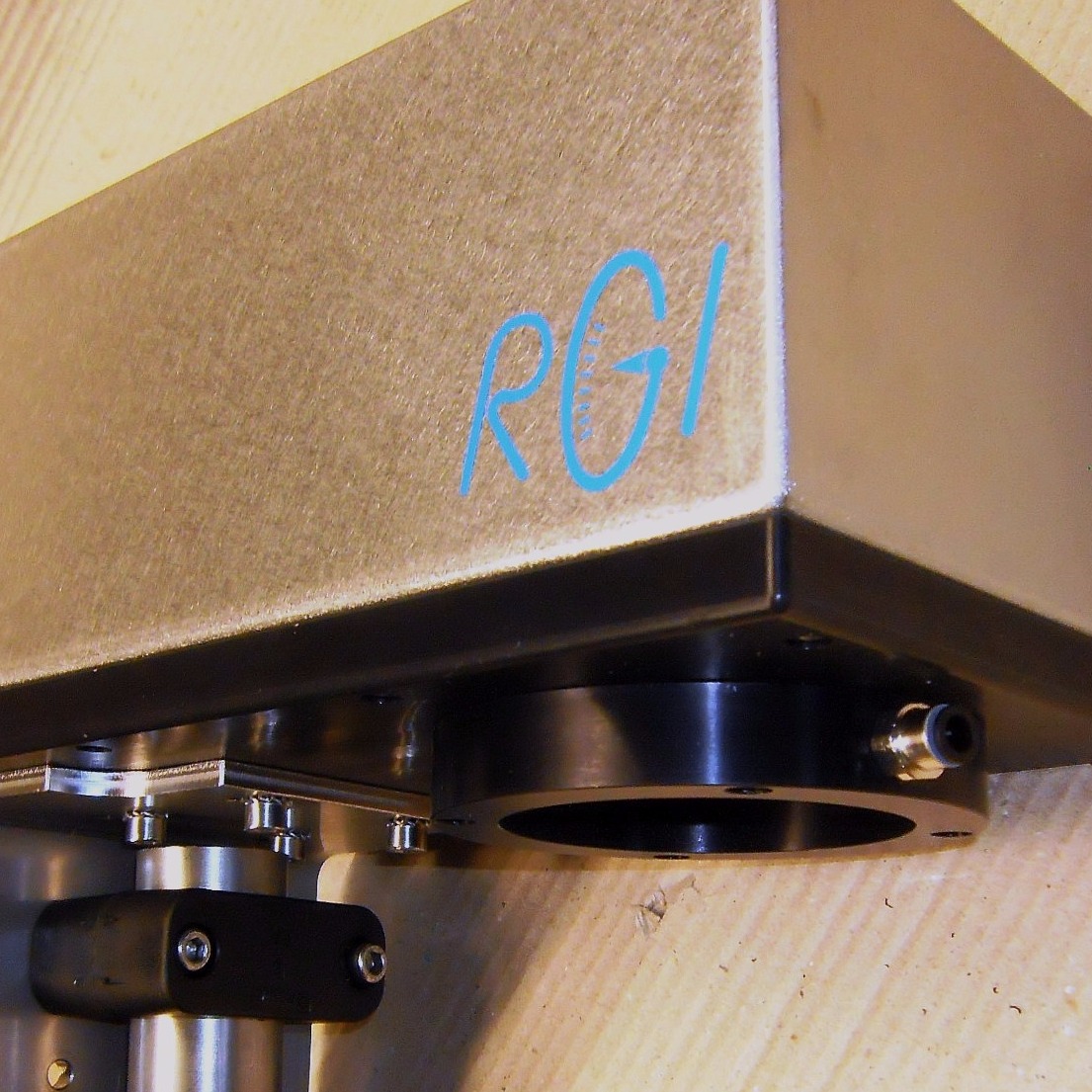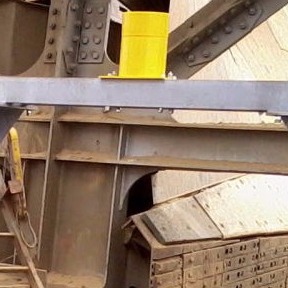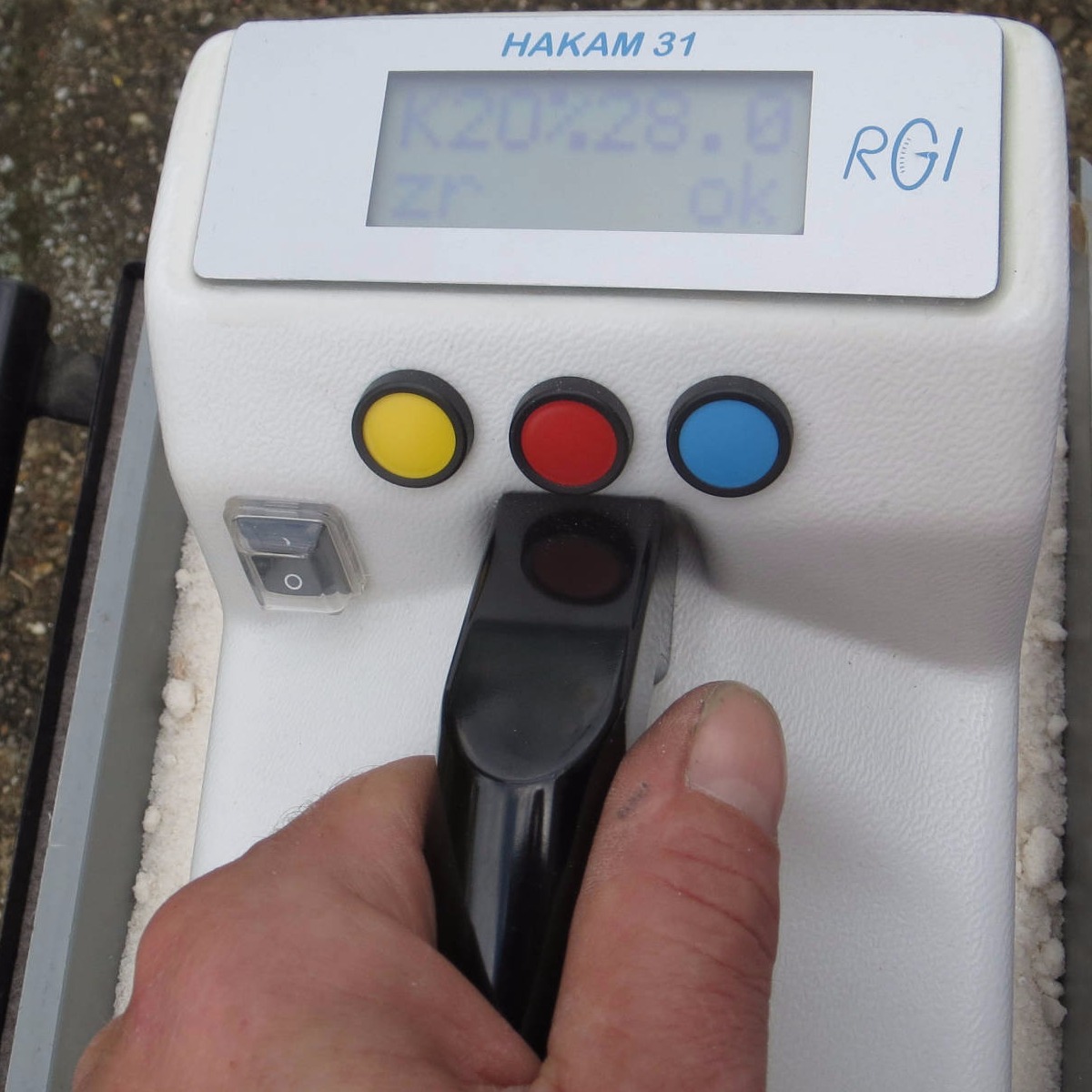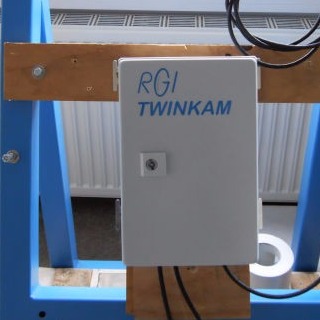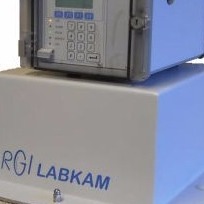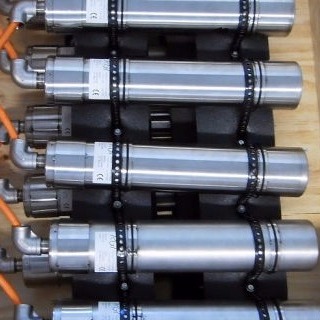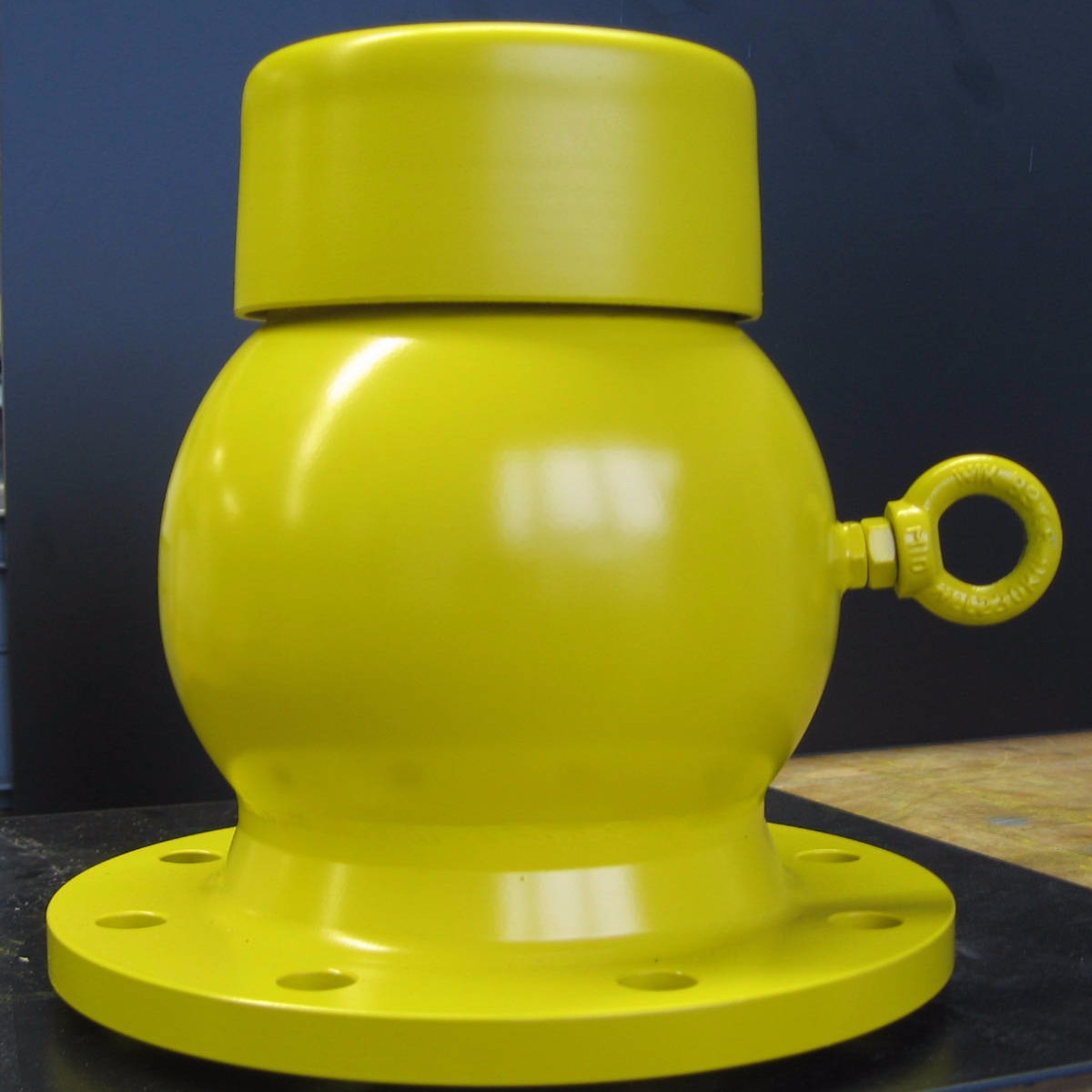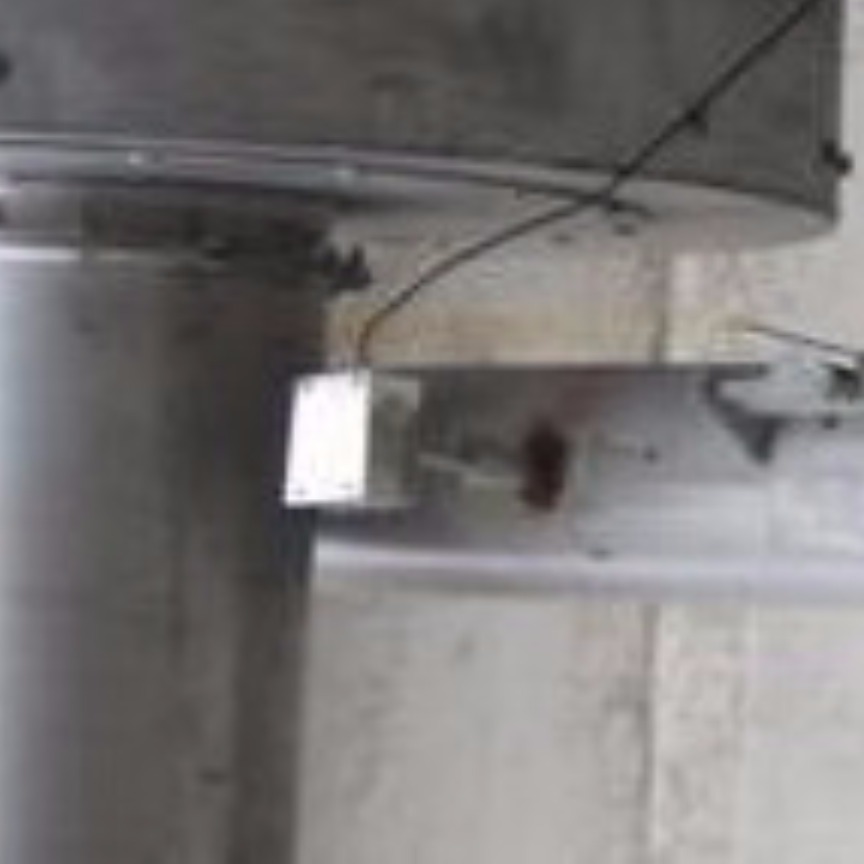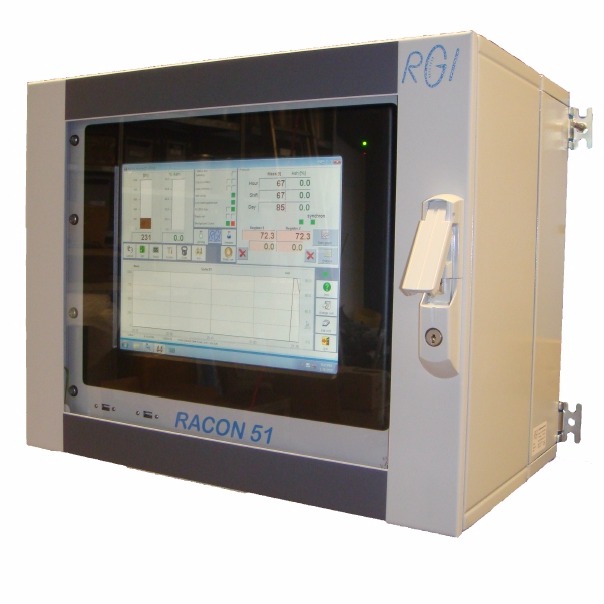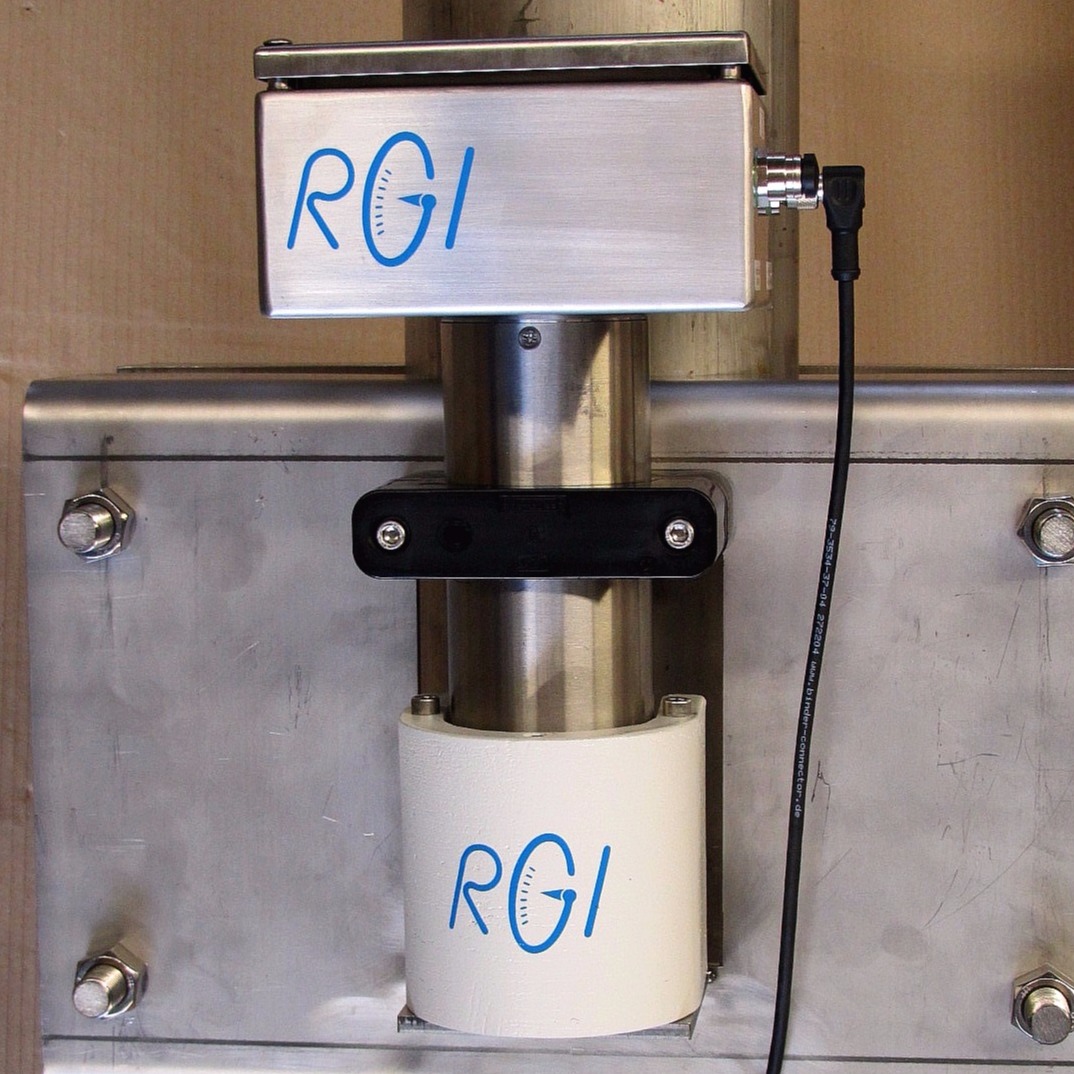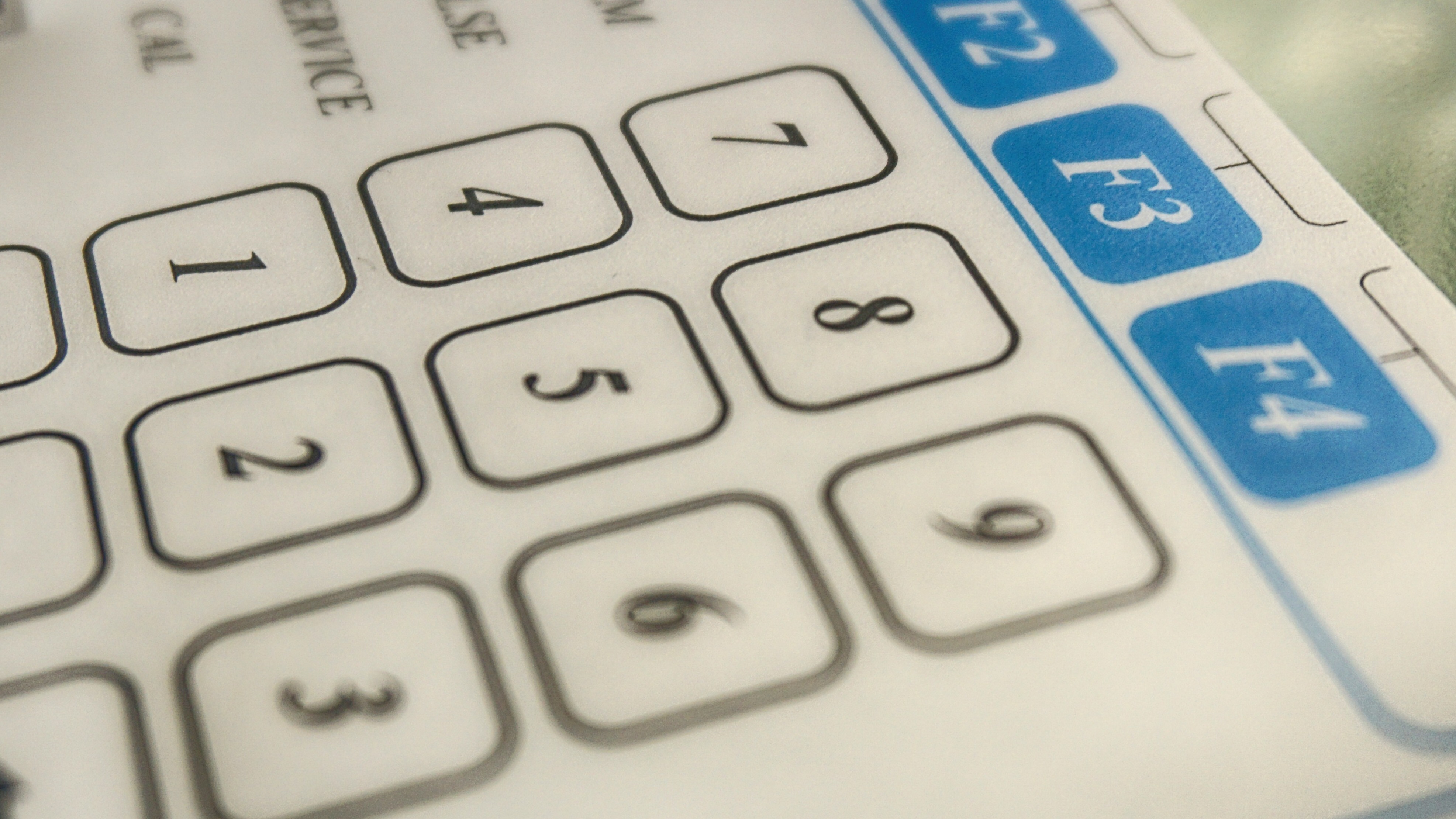Product specification
Evaluation unit for radiometric point level detection
Description
BARCON 21 is a processor-controlled evaluation unit for determining limit levels in closed containers, which forms in combination with a radiation source and a detector a complete measuring system.
ABS80
Shielding containers, containers for radiation sources
Stainless steel housing, shielding lead, source Cs₁₃₇
more ... >>>
LD25
Radiation detector
Scintillator: NaJ / TI (normal 25x25mm)
more ... >>>
Technical data
Power supply:
● Standard: - 230V
● Optional: - 115V-, 24V-, 24V =
Counting input:
● 2 counters (1, 2, 4 or 8 measurements / s)
Digital outputs:
● Standard:
1 potential-free relay contact alarm
1 potential-free relay contact watch dog
Temperature:
● 0 ° -55 ° C (ambient)
Dimensions:
● WxHxD: 50.5 mm (10HP) x 132.5 (3HU) x 160mm
Weight:
● 318g (without case)
Casing:
● IP 54 (28 HP) die-cast aluminum
